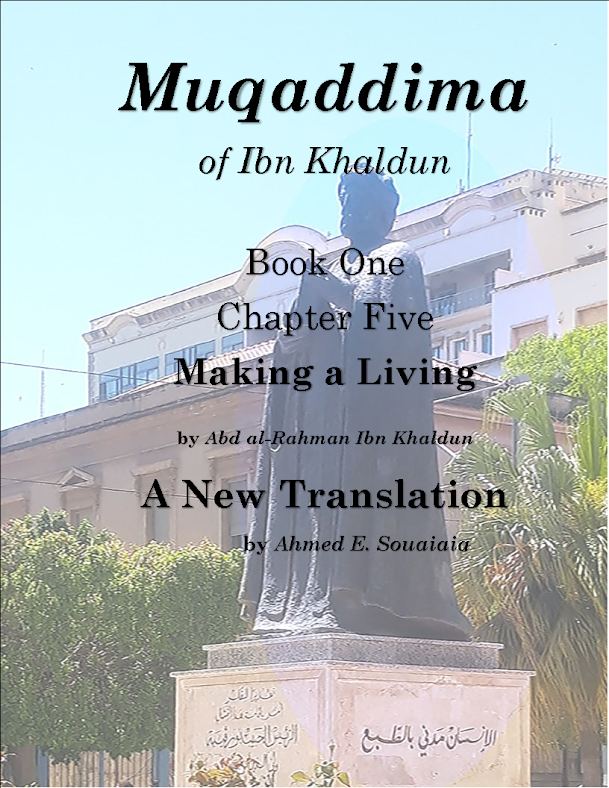
Is Western civilization on the verge of collapse?
Human civilization has been a topic for historians, sociologists, philosophers, thinkers, and scientists throughout history. The discussion of the rise and fall of human civilization often leads to a look back at the work of the Muslim thinker Abd al-Rahman Ibn Khaldun who is often described as the originator of the theory of cyclicality of human civilization. Although Ibn Khaldun did not take credit for such idea, and many modern researchers have concluded that that idea was not Ibn Khaldun's original idea, it is nonetheless part of his work and his contribution to the field of social history. Related to this topic, we examine and re-present ideas by a scientist from the modern time, one who used statistical data to predict social trends.
On the New Scientist website, Peter Valentinovich Turchin, a Russian-American scientist specializing in mathematical modeling and statistical analysis, presents his analysis of the decline of Western civilization and its causes by studying mathematical patterns in complex systems and applying them to history. Turchin believes that Western societies are rapidly moving toward the brink of destruction, and that they must make important decisions to avoid this collapse. Here are some of Turchin's ideas and assertions.
Today, Western civilization may face the same fate, as there are clear signs of a variety of crises, including widening economic inequalities, political divisions, violent conflicts, and environmental disasters. Some observers see this as a sign of a “multiple global crises” that pose a serious, perhaps existential, threat to contemporary societies.
More than two decades ago, I predicted that this was the end of things, based on studying mathematical patterns in complex systems and applying them to history. Using this approach, I discovered that violent political upheavals follow certain time cycles, one peaking every 50 years or so, and the other peaking every two or three centuries.


































































